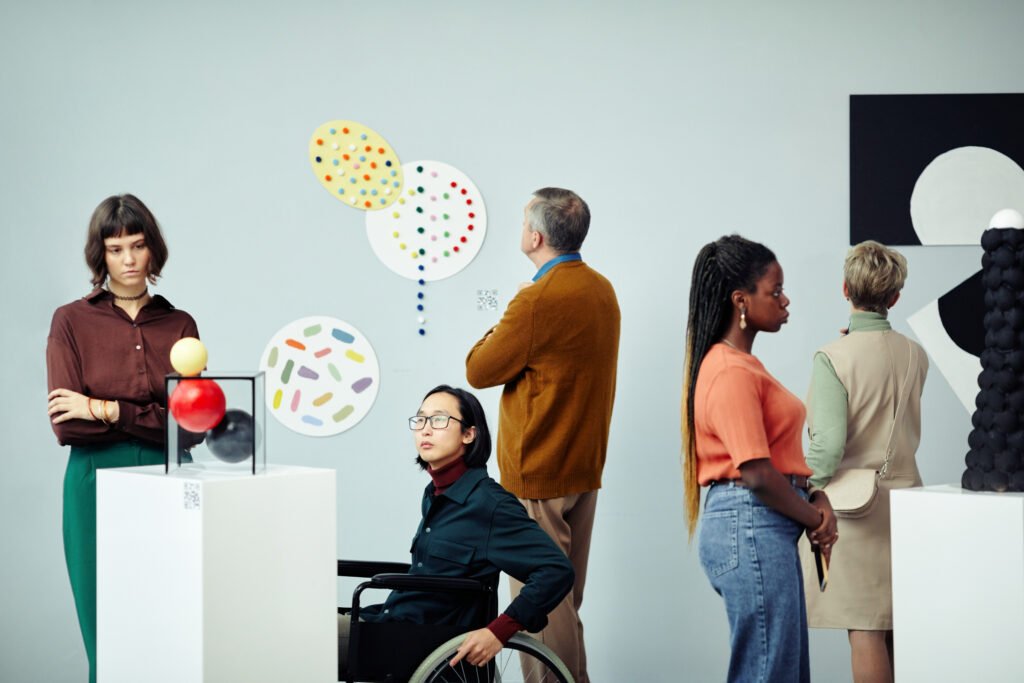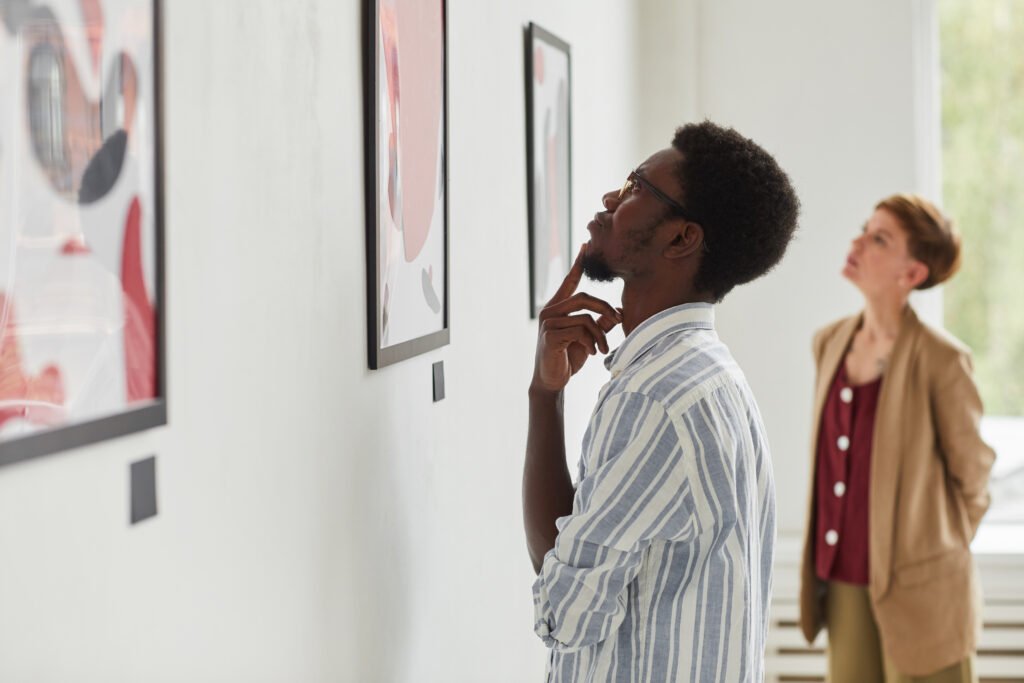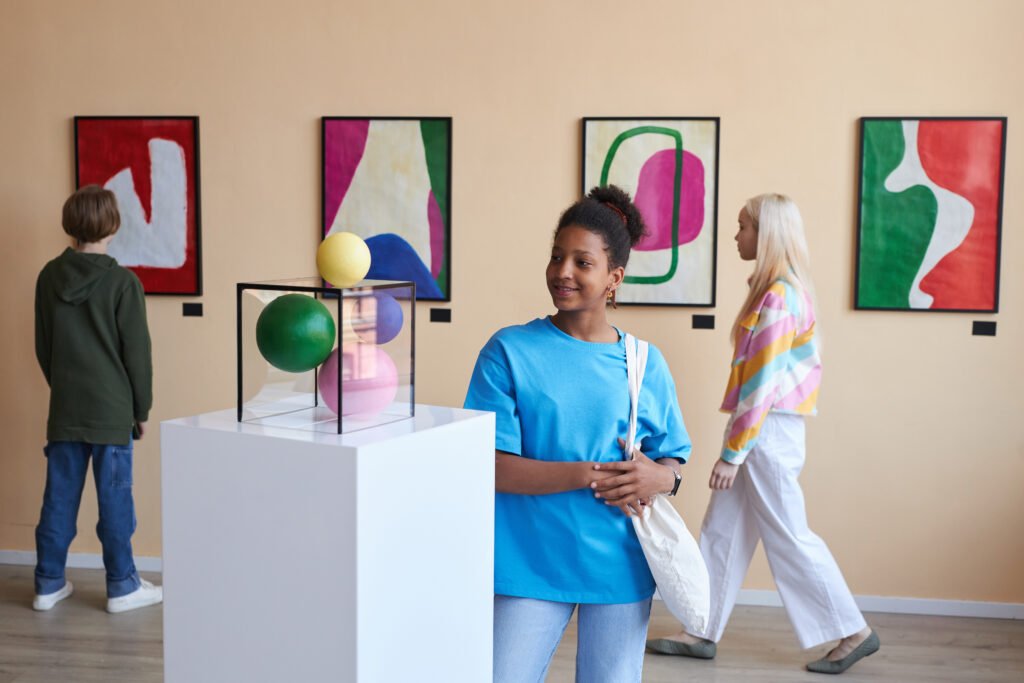For decades, abstract art has graced the walls of discerning collectors and prestigious cultural venues. What was once a highly subjective form of aesthetic expression is now also a strategic category within the abstract art market.
This transformation did not happen by chance. With the sector maturing and the rise of digital platforms, buying abstract art has become not only an artistic experience but also a savvy economic move. Pieces once left in studios can now reach million-dollar valuations in international galleries and specialized art funds.
The Rise of the Abstract Art Market in the 21st Century
The value of abstract art has soared in the past two decades. According to the Art Market 2023 study by Art Basel and UBS, the contemporary art segment—which heavily features abstract art—accounts for more than 50% of global art sales. Artists like Gerhard Richter, Yayoi Kusama, and Mark Rothko consistently command figures exceeding $50 million at international auctions.

This growth reflects a cultural shift. Abstract art resonates with diverse audiences, allowing investors and collectors to acquire pieces that fit both asset appreciation strategies and high-end decor projects. Abstract art for decoration is increasingly present in luxury homes and corporate environments.
Moreover, the The Art Market Report 2022 by Deloitte highlights that the rise of digital sales platforms has made buying art online more trustworthy. This broader access has expanded reach beyond traditional channels, redefining the best places to buy art.
Abstract Art and Investment Funds: A New Frontier
Another key driver in the abstract art market is the emergence of specialized investment funds. These allow investors to allocate capital in portfolios composed entirely of artwork. Technical curation and active management have turned what used to be personal collections into professionally monitored financial assets.
According to the Art & Finance 2021 study by Deloitte Luxembourg and ArtTactic, 85% of wealth managers recommend investing in art as part of asset diversification. Abstract art is a top choice due to its relative liquidity, global appeal, and strong demand from markets like the US, Switzerland, and the UAE.
This has boosted emerging contemporary artists and revived interest in forgotten names. Works that sold for a few hundred dollars a decade ago are now worth several times more.
From the Studio to the Global Market: Curation and Digitization
The bridge between an artist’s studio and the million-dollar gallery world relies on visibility, curation, and market structure. Platforms like Artsy, Saatchi Art, and Templon are now considered among the best places to buy abstract art safely and reliably.

Moreover, curators and auction houses play a central role in setting trends. They identify promising movements and add legitimacy to works—directly impacting resale value and placing abstract art among the most dynamic and profitable sectors in contemporary art.
With the popularization of NFTs and AI-powered digital curation, the abstract art market is poised for even greater growth. Technology helps identify valuation patterns, forecast purchasing behavior, and connect buyers with artists in increasingly direct ways.



